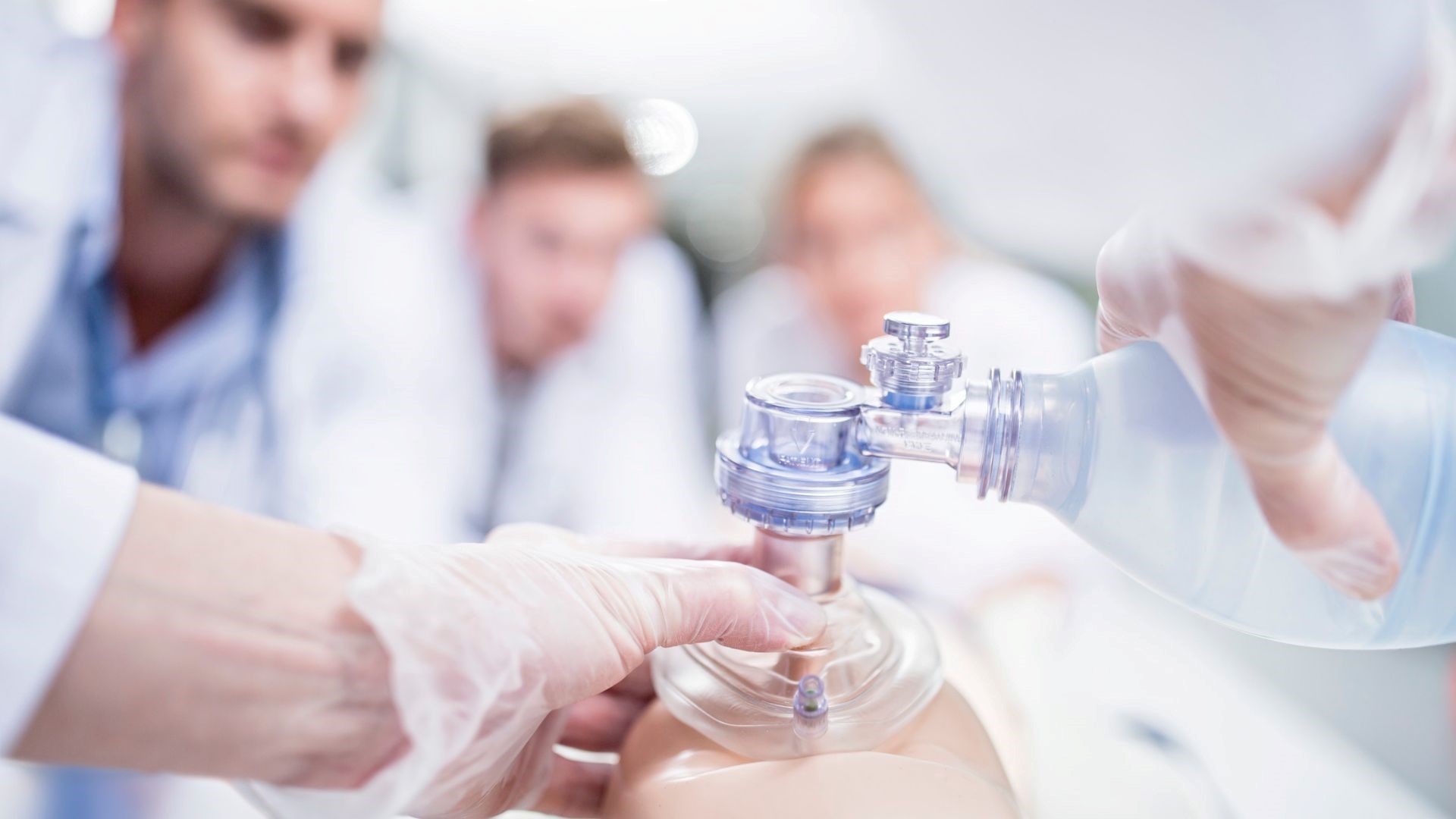
Ventilation and intubation are indispensable life-saving measures in medical interventions, particularly when respiratory function faces compromise. These procedures are pivotal in supporting patients grappling with various respiratory conditions, and their significance cannot be overstated. This comprehensive exploration aims to delve into the intricacies of ventilation and intubation, elucidating the essence of these interventions, identifying individuals who may necessitate such procedures, and shedding light on the attendant risks.
Understanding Ventilation
In medicine, ventilation refers to administering mechanical support to a patient’s respiratory system. This becomes imperative when an individual encounters difficulties in breathing or when their respiratory function is significantly impaired.
The overarching objective of ventilation is to ensure a proficient exchange of oxygen and carbon dioxide in the lungs, bolstering the body’s overall oxygenation and averting respiratory failure.
Central to the ventilation process is the deployment of a ventilator, an intricate medical device designed to assist or take over the breathing process. This apparatus administers a regulated air volume, typically a blend of oxygen and ambient air, into the patient’s lungs. The meticulous monitoring of this process is paramount, ensuring alignment with the patient’s respiratory requirements and furnishing the requisite support for effective oxygen exchange.
Identifying Candidates for Ventilation
Patients who may find themselves in need of ventilation are those grappling with severe respiratory illnesses, including acute respiratory distress syndrome (ARDS), pneumonia, or chronic obstructive pulmonary disease (COPD). Furthermore, individuals undergoing major surgeries or those who have sustained trauma leading to compromised respiratory function stand to benefit significantly from mechanical ventilation. (WebMD)
Unveiling Intubation
Intubation, closely entwined with ventilation, is a procedure integral to providing critical respiratory support. It involves the insertion of a flexible plastic tube, known as an endotracheal tube, into the patient’s trachea or windpipe. Serving as an artificial airway, this tube facilitates the direct delivery of air into the lungs, constituting a pivotal step in initiating mechanical ventilation and ensuring a secure and controlled pathway for oxygenation. (Cleveland Clinic)
Navigating the Intubation Process
The intubation process typically involves the patient’s sedation to mitigate discomfort and forestall involuntary reactions that might impede the procedure. A healthcare professional adeptly guides the endotracheal tube through the patient’s oral or nasal passages into the trachea, securing it in place. Once in position, the tube establishes a vital connection with the ventilator, enabling the meticulous administration of air and oxygen in a controlled manner.
Delineating Candidates for Intubation
Individuals who may necessitate intubation encompass those experiencing severe respiratory distress, such as instances of respiratory failure, advanced pneumonia, or post-surgical complications. Intubation is also a common recourse in emergencies like cardiac arrest or trauma, where immediate respiratory support proves indispensable for the patient’s survival.
Contemplating Risks Inherent to Ventilation and Intubation
Despite the unquestionable importance of ventilation and intubation, these interventions are not without risks. Healthcare providers and patients must remain cognizant of potential complications associated with these procedures. Complications may encompass ventilator-associated pneumonia, lung injury, and barotrauma—lung damage resulting from air pressure alterations during ventilation. Furthermore, the risk of infection at the intubation site looms, and prolonged intubation may lead to complications such as damage to the vocal cords or trachea.
Continual strides in medical science are dedicated to honing ventilation and intubation techniques, enhancing patient outcomes, and mitigating associated risks. The symbiotic relationship between healthcare professionals and technological innovations in respiratory support remains pivotal for fortifying the efficacy and safety of these life-saving interventions. (National Heart Lung and Blood Institute)
Ventilation and intubation occupy pivotal roles in buttressing individuals contending with compromised respiratory function. These interventions are pivotal in ensuring adequate oxygenation of the body, particularly in the face of severe illness or trauma. Nevertheless, it is paramount to acknowledge the intrinsic risks and complications, underscoring the imperative for vigilant monitoring and adept management by healthcare professionals.
As the frontiers of medical science progress, the comprehension and refinement of ventilation and intubation techniques are poised to ameliorate, ensuring well-empowered patient outcomes and a diminished burden of associated risks.
Works Cited
WebMD. “Intubation Explained.” WebMD, www.webmd.com/lung/intubation-explained.
Cleveland Clinic. “Intubation: Purpose, Procedure and Potential Risks.” Cleveland Clinic, my.clevelandclinic.org/health/articles/22160-intubation.
National Heart Lung and Blood Institute. “Risks of Being on a Ventilator.” National Heart Lung and Blood Institute, U.S. Department of Health and Human Services, www.nhlbi.nih.gov/health/ventilator/risks.
